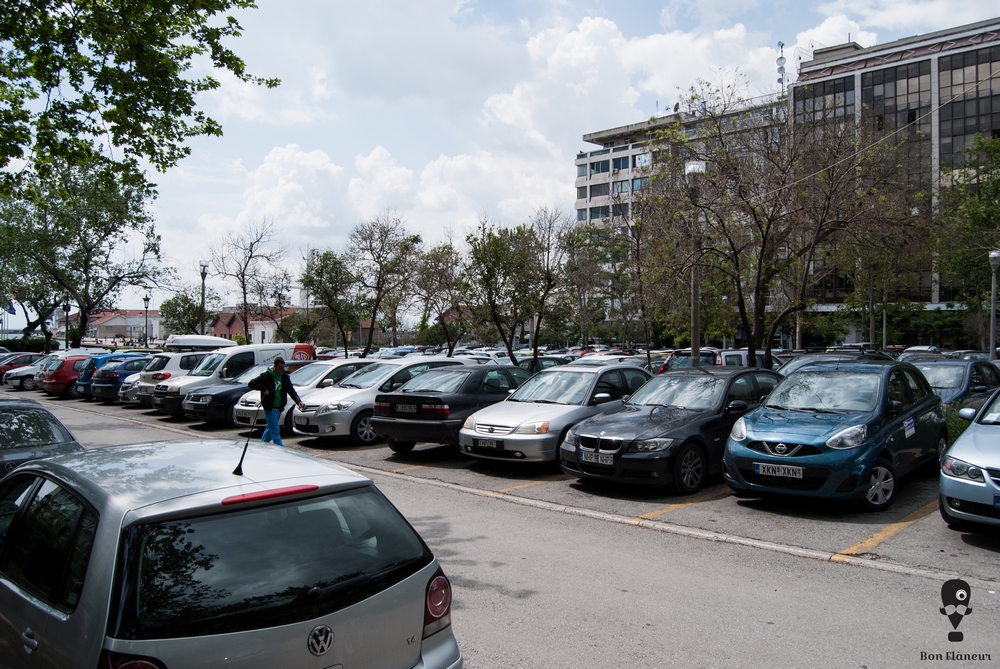Eleftherias Square
Eleftherias Square is the most historic square in the city. Many events that marked the city, took place here.
Location
Timeline
Modern and Contemporary era (1912 - )
1917 A fire destroyed a big part of the city and most of the buildings around the square. Later, with the implementation of the Hébrard plan, the square was enlarged.
1930 The square was dug up in order for a post office to be built, but its construction never materialized.
1936 A place of protest and political conflict during the interwar period, it is remembered for the bloody demonstration of May 1936, which resulted in 10 deaths of protesters.
1942 On July 11 ("Black Saturday"), on a day that was a Jewish day of rest, and the same date when the revolution of the Young Turks errupted, the Nazis ordered the gathering of about 7,000 Jews.
Ottoman era (1453- 1912)
1867 Opened during the extension of the current Eleftheriou Venizelou Street.



Share